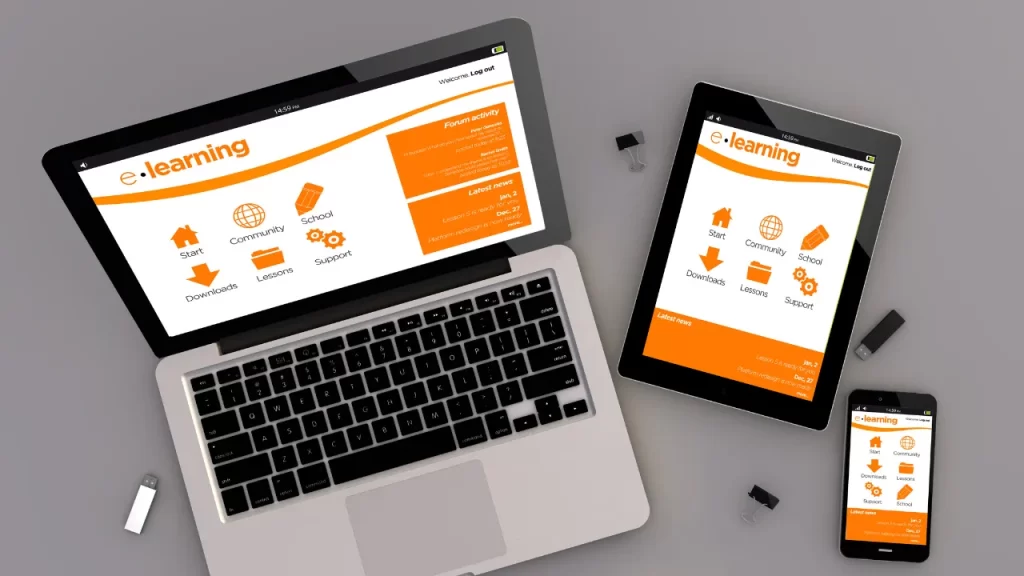Yes, website design can be self-taught.
With the abundance of online resources, tutorials, and design tools available, anyone with an interest in learning can teach themselves how to design websites.
It requires time, practice, and dedication, but many successful web designers are self-taught and have developed their skills through hands-on experience.
Steps to Self-Learn Website Design
1. Learn the Basics of Web Design
Start by understanding the fundamentals of website design, including:
- Layout and Structure: How to organize content on a webpage.
- Typography: The importance of readable and appealing fonts.
- Color Theory: How to choose colors that complement each other and enhance user experience.
- User Experience (UX) Design: How to design websites that are easy to navigate and visually appealing.
2. Study HTML and CSS
HTML (Hypertext Markup Language) and CSS (Cascading Style Sheets) are the building blocks of web design.
HTML defines the structure of a webpage, while CSS controls its appearance.
Learning these two languages is essential for understanding how websites are built and customized.
3. Practice with Design Tools
Familiarize yourself with popular web design tools like:
- Adobe XD
- Figma
- Sketch
- Canva (for basic designs)
These tools allow you to create wireframes, mockups, and prototypes, which are essential for planning and designing websites.
4. Learn Responsive Design
Today’s websites must be responsive, meaning they adjust to different screen sizes, including desktops, tablets, and smartphones.
Learn how to implement responsive design using CSS and media queries to ensure that your website looks great on all devices.
5. Explore Content Management Systems (CMS)
Platforms like WordPress and Squarespace allow you to design and manage websites without coding from scratch.
Learning how to work with these systems can be a great entry point into web design.
6. Follow Online Tutorials
There are plenty of free and paid online tutorials that offer step-by-step guidance for learning website design. Websites like Udemy, YouTube, Codecademy, and W3Schools offer comprehensive courses on web design, ranging from beginner to advanced levels.
7. Build a Portfolio
Practice by designing websites for yourself or friends, and build a portfolio to showcase your work. The more websites you design, the more you’ll improve your skills and confidence.
Benefits of Self-Taught Website Design
- Flexibility: Learn at your own pace and focus on areas that interest you the most.
- Cost-Effective: You can avoid the costs of formal education by leveraging free or affordable online resources.
- Real-World Application: You’ll gain practical experience by working on actual projects, which is often more valuable than theoretical knowledge.
Challenges of Self-Teaching Website Design
- Time and Dedication: Self-learning requires discipline, as it takes time to master the skills needed to become a proficient web designer.
- Lack of Structure: Unlike formal education, self-teaching lacks a structured curriculum, so you’ll need to be resourceful in finding and organizing learning materials.
Conclusion
Website design is a skill that can be effectively self-taught, especially with the wide range of resources available online.
With patience and consistent practice, you can develop the necessary skills to become a successful web designer, whether as a hobby or a career.

















